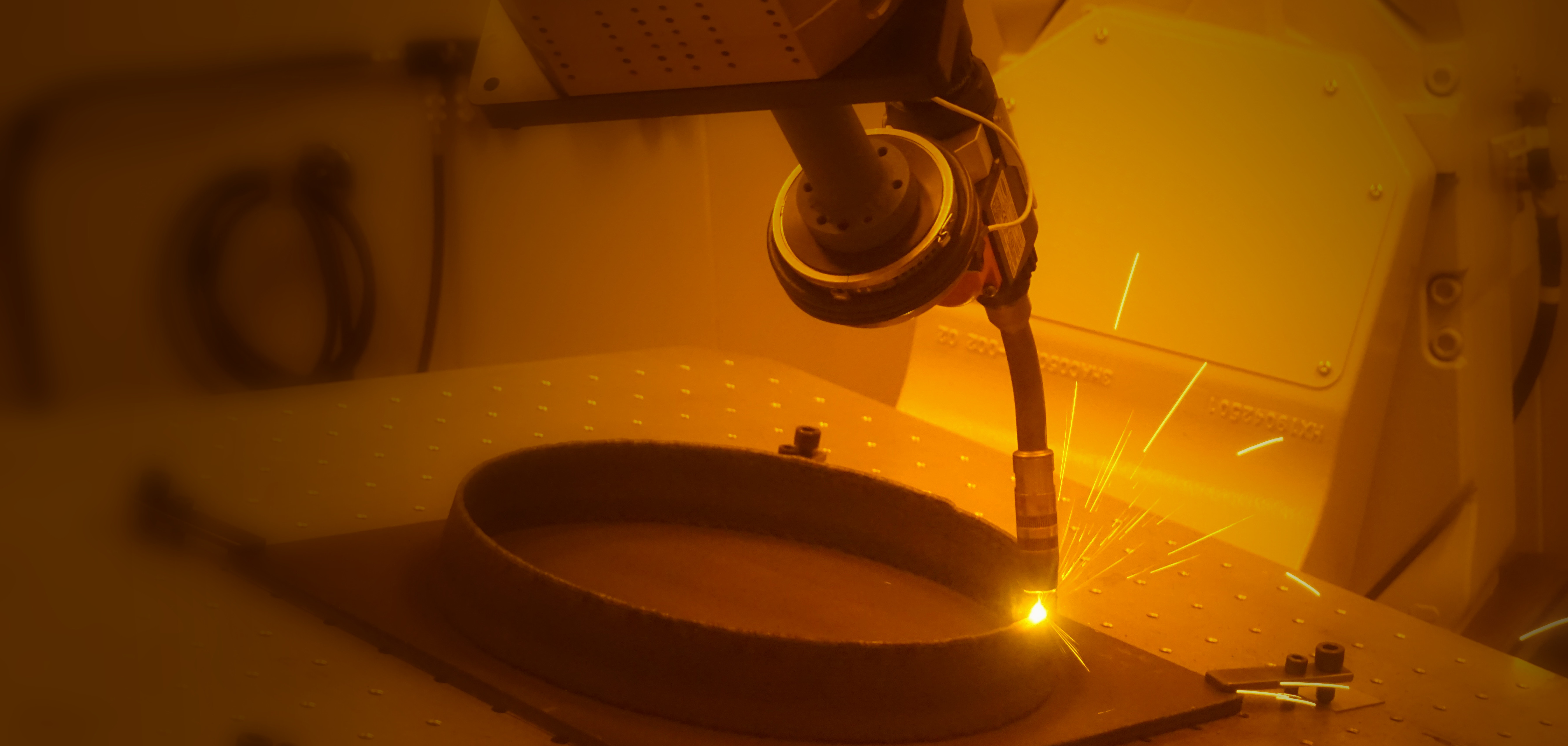

Programs
Additive Technologies

3D printing is reshaping the manufacturing industry by enhancing tool and fixture
development, reducing prototyping costs, and optimizing part production. Our Additive Technology Adoption Program offers comprehensive 3D printing support to small and medium-sized Connecticut manufacturers, through demonstrations, training and adoption assistance.
development, reducing prototyping costs, and optimizing part production. Our Additive Technology Adoption Program offers comprehensive 3D printing support to small and medium-sized Connecticut manufacturers, through demonstrations, training and adoption assistance.











.png)



.png)
